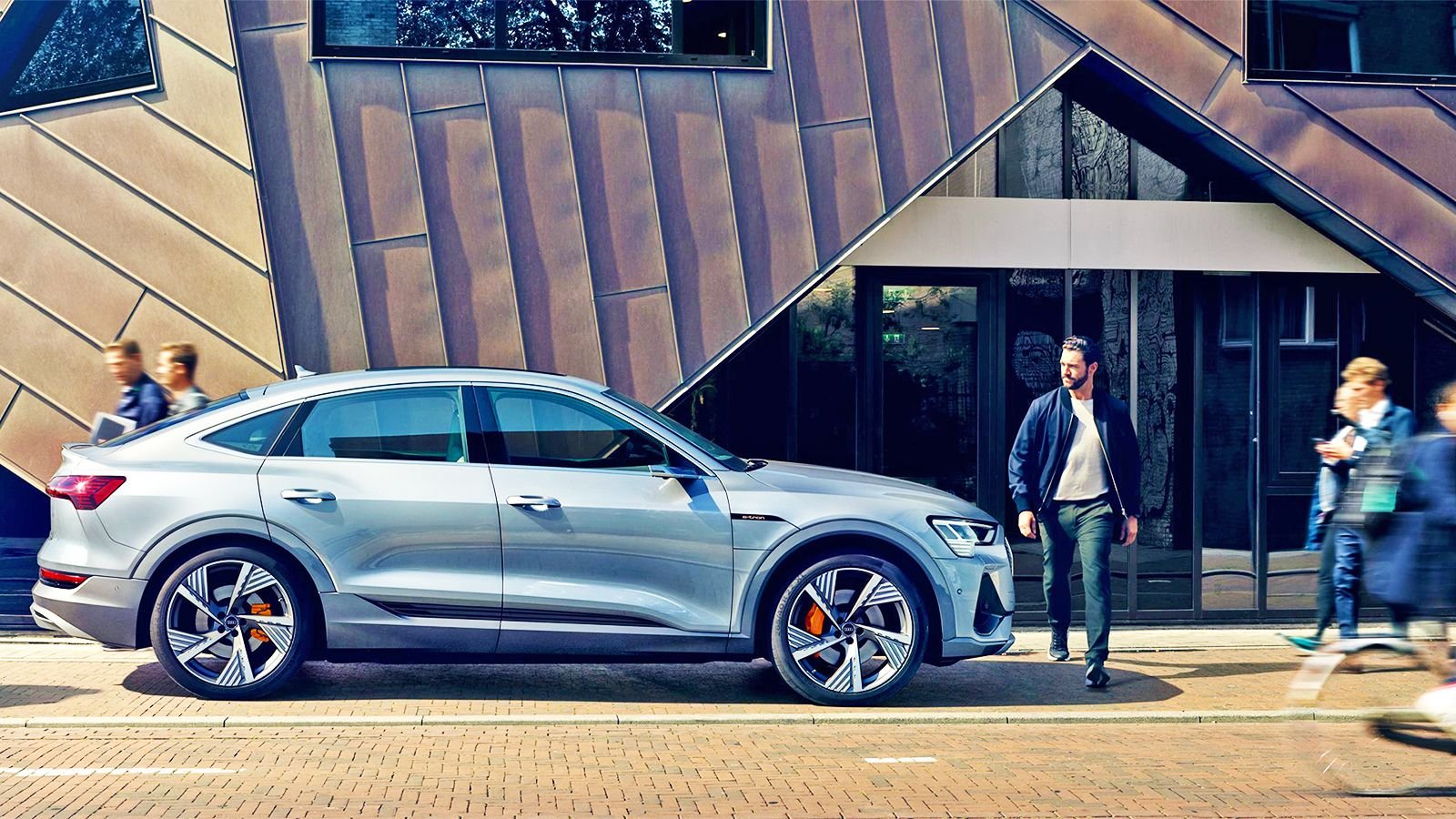How Audi Saved 350k Metric Tons of CO2 Emissions
Audi managed to cut C02 emissions by 150,000 metric tons in 2019. The adoption of green electricity and renewable energy sources also helped to reduce emissions by 40,000 metric tons per year. Cumulatively, the company has managed to save more than 350,00 metric tons!


















Goal To Reduce Emissions
Audi set a goal to reduce CO2 emissions by 30% by the time it's adding cars to its lineup in 2025. The long-term vision is to become climate-neutral by 2050. One of the ways it plans to achieve this is by focusing purely on electric cars. The company started the journey with the introduction of the Audi E-Tron which is already available in dealerships.
Purely Electric
Audi plans to roll out 30 electrified models by 2025. 2O of these will have a purely electric drivetrain. They will comprise about 40% of the carmaker's total sales. At the moment, efforts are geared towards building conventional engines. These will be based on the 48-volt electrical system and mild hybridization.
>>Join the conversation about Audi doing its part right here in Audiworld.com.
So Far, So Good
In its journey to reduce emissions, Audi isn't doing so bad. The automaker has held onto its tradition of using aluminum to produce most of its cars. The first car to feature the material was the 1994 A8. It's currently in its fourth generation and continues to feature the lightweight metal in a multi-material mix.
>>Join the conversation about Audi doing its part right here in Audiworld.com.
Aluminum Closed Loop
Producing and working with aluminum is an intensive and energy-demanding process. Audi manages to save raw materials by incorporating what it calls "Aluminum Closed Loop" in its production process. Sheet offcuts that remain are sent back to the supplier who then recycles them into reusable sheets that are of equal quality. Audi then users these in its production. The technique was first introduced in 2017 at Neckarsulm.
>>Join the conversation about Audi doing its part right here in Audiworld.com.
Great Savings
Audi's shops at Neckarsulm and Ingolstadt use the "Aluminum Closed Loop" to produces some parts of the Audis A3, A4, A5, A6, A7, and A8. The same applies to parts of the E-Tron and E-Tron Sportback. This has so far increased the quantity of raw material managed in the process. Audi saved about 150,000 metric tons of CO2 last year. This was two-thirds more than what it saved the previous year.
>>Join the conversation about Audi doing its part right here in Audiworld.com.
Reduced Energy Needs
According to Marco Philippi who is the Head of Procurement Strategy at Audi, the frugal and efficient use of resources has a direct effect on reducing the company's CO2 emissions. The energy used to reuse secondary aluminum is about 95% lower than that used to produce primary aluminum.
>>Join the conversation about Audi doing its part right here in Audiworld.com.
Expanding the Technology
In addition to the plants based in Ingolstadt and Neckarsulm, Audi plans to extend the use of Aluminum Closed Loop to its plant in Győr by next year. Other locations will follow shortly afterward.
>>Join the conversation about Audi doing its part right here in Audiworld.com.
CO2 Neutrality
There also plans underway to make plants CO2 neutral. This will be crucial in achieving the milestones set for 2025 and 2050. The Brussels-based plant is already a pioneer in this respect. It's been CO2-neutral since the start of the production of the Audi e-Tron two years ago. The largest contributors to the changeover are the adoption of green electricity and the use of renewable energy sources to supply heat. This has cut about 40,000 tons of CO2 emissions every year.
>>Join the conversation about Audi doing its part right here in Audiworld.com.
Greatest Opportunities
Without a doubt, the greatest opportunity for Audi's plans lies in its closed material loops. The increased use of secondary materials and recycled or processed materials is expected to be fully adopted by 2025. This has the potential to cut CO2 emissions by an average of 1.2 metric tons for each vehicle.
>>Join the conversation about Audi doing its part right here in Audiworld.com.
For help with your do-it-yourself maintenance or repair project, please visit our how-to section in the forum
